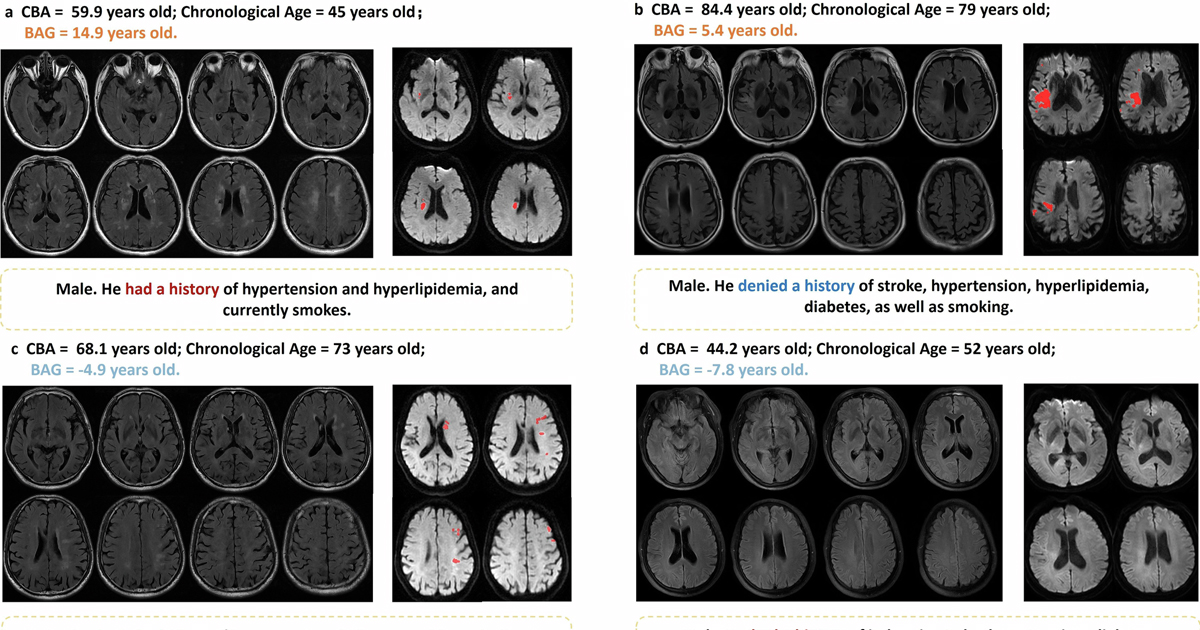Investigadores del Laboratorio de Ciencias Computacionales del Hospital General de Boston, realizaron un estudio sobre la predicción de muerte por COVID-19 utilizando información médica de rutina registrada en expedientes médicos electrónicos.
El estudio titulado: Predecir la mortalidad por COVID-19 con registros médicos electrónicos, publicado en la revista npj Digital Medicine journal of Nature, tuvo como objetivo predecir la muerte después del COVID-19 utilizando solo la información médica pasada que se recopila de forma rutinaria en los expedientes clínicos electrónicos (ECE). De esta forma fue posible comprender las diferencias entre los diferentes factores de riesgo según los grupos de edad a través de la utilización de modelos lineales generalizados (GLM, por sus siglas en inglés).

A través de métodos computacionales y la experiencia clínica de los autores, fueron seleccionados grupos que representan 46 afecciones clínicas como factores de riesgo de fallecimiento por COVID-19. Para la predicción utilizaron modelos lineales generalizados clasificados por edad y de esta forma lograron conocer la probabilidad de complicaciones o muerte por dicha enfermedad, antes de que los pacientes se contagien.
Utilizaron datos de 24,215 pacientes con un caso confirmado de COVID-19 (prueba de reacción en cadena de la polimerasa confirmada (PCR)) entre el 3 de marzo de 2020 y el 10 de noviembre de 2020. El número fue reducido a 16,709 ya que se excluyeron a pacientes que tuvieran al menos 1 año de antecedentes médicos, “es decir, una diferencia de tiempo de 1 año entre el primer y el último registro médico antes de la prueba de PCR positiva para COVID-19”. Recolectaron datos de 10 hospitales de la zona metropolitana de Boston que cumplieran con las características, una de ellas que fuera un hospital de más de 3 mil 400 camas.
“A pesar de basarse únicamente en datos demográficos y comorbilidades previamente documentados, nuestros modelos demostraron un rendimiento similar a otros modelos de pronóstico que requieren una variedad de síntomas, valores de laboratorio, e imágenes en el momento del diagnóstico o durante el curso de la enfermedad”, explicaron los autores en el estudio.
La edad fue el predictor más importante de mortalidad en pacientes con COVID-19, pues además existen varios estudios que demuestran que la mortalidad es mayor en pacientes mayores de 65 años. Además, el sexo también ha sido identificado como un factor de riesgo, pues tanto en China como en Estados Unidos se registraron más hombres hospitalizados que mujeres.
Durante la creación de los modelos predictivos, desarrollaron uno basado en la edad, el modelo general que fue utilizado se dividió en tres grupos de edad con una variación de 20 años: 45 a 65, 65 a 85 y más de 85. Fueron identificadas 35 variables que incluye el padecimiento de enfermedades crónicas, enfermedades respiratorias, enfermedades cardiacas, raza, sexo, entre otras. Del primer grupo hubo 17 características asociadas a mayor mortalidad, incluida la diabetes con complicaciones; en el segundo 21 características, la mayor parte relacionadas a enfermedades del sistema respiratorio, incluso el tabaquismo; el tercer grupo, también registro 17 características.
The authors made the following notes when testing the instrument, on the considerations that should be taken into account when analyzing data from an EHR:
- El historial de un registro médico no garantiza que el paciente tenga actualmente (o quizás alguna vez haya tenido) la condición clínica respectiva.
- No fue posible la imputación múltiple de registros de medicamentos y diagnósticos faltantes.
- Nuestros modelos no controlaron por completo todos los factores de confusión, lo que podría sesgar algunos de los hallazgos.
Consulta el artículo completo en el siguiente enlace: https://www.nature.com/articles/s41746-021-00383-x







